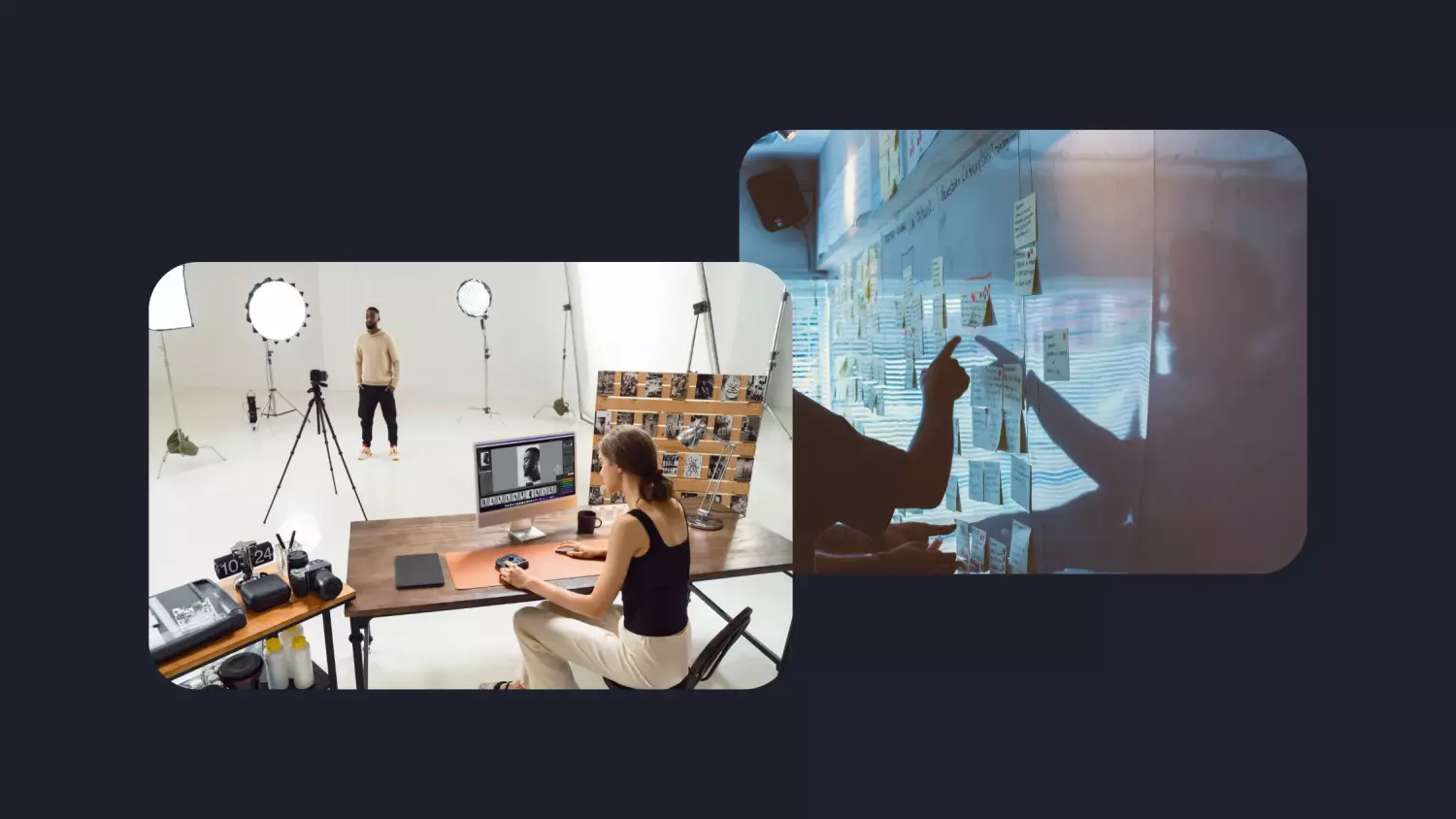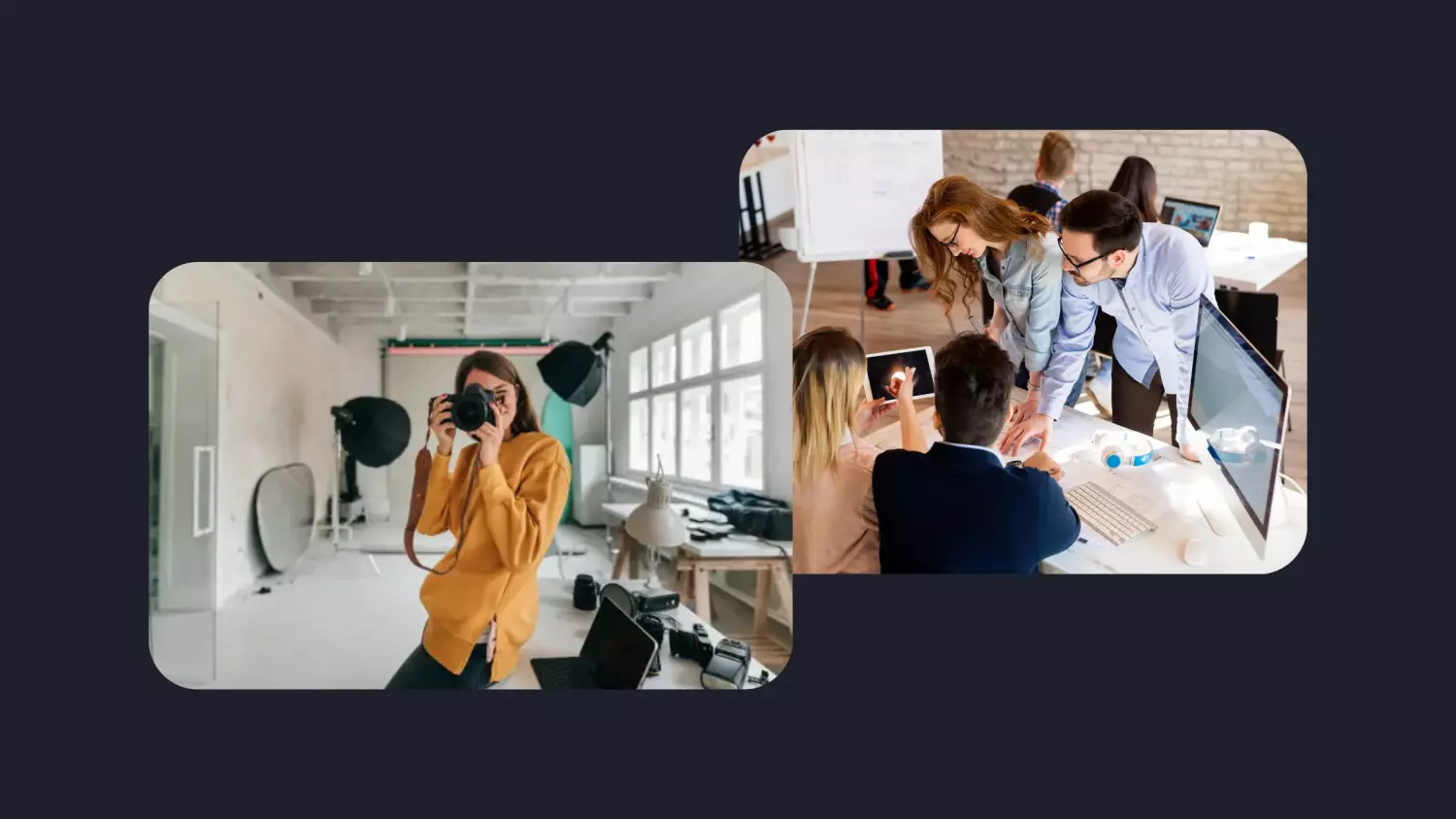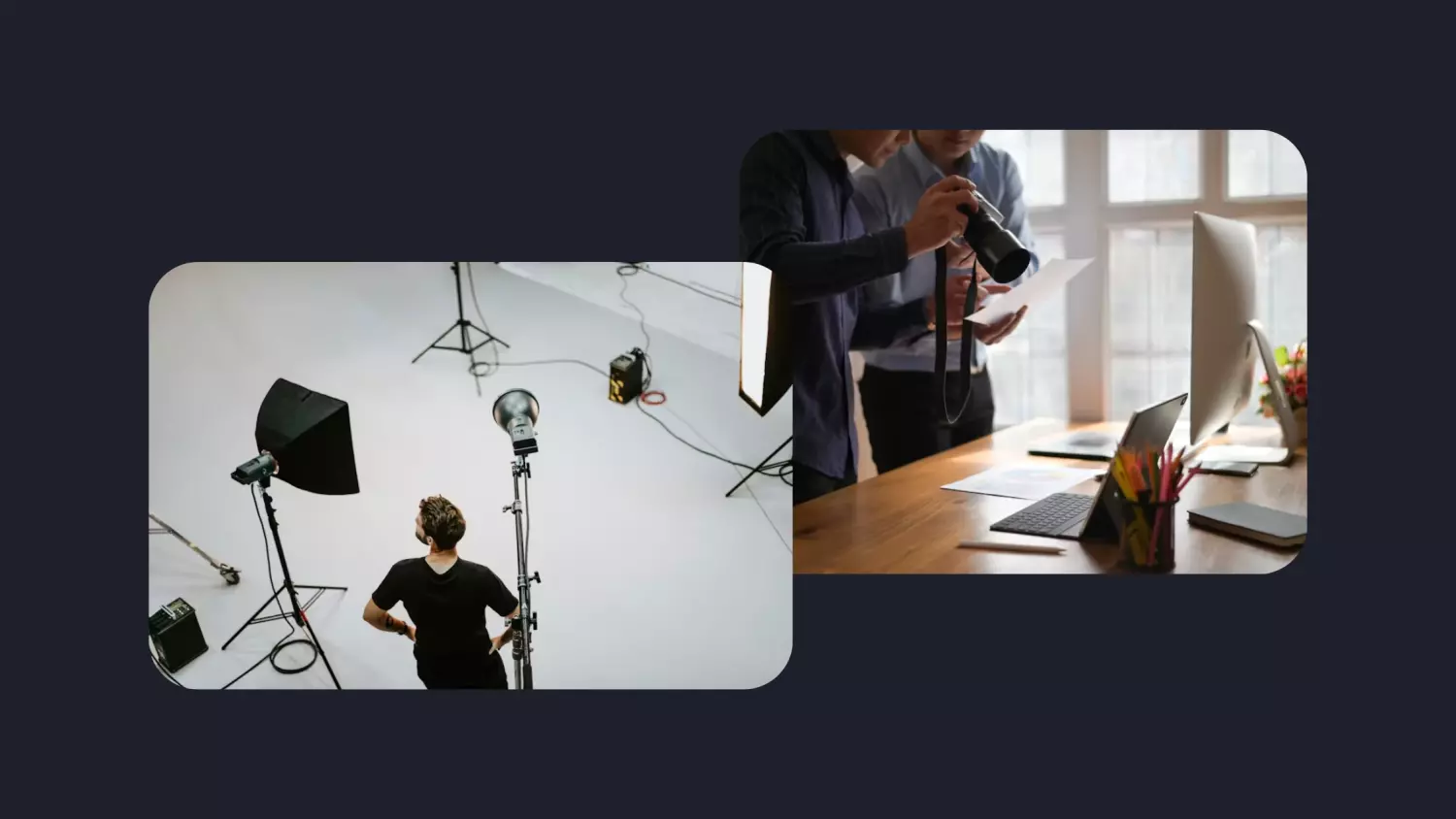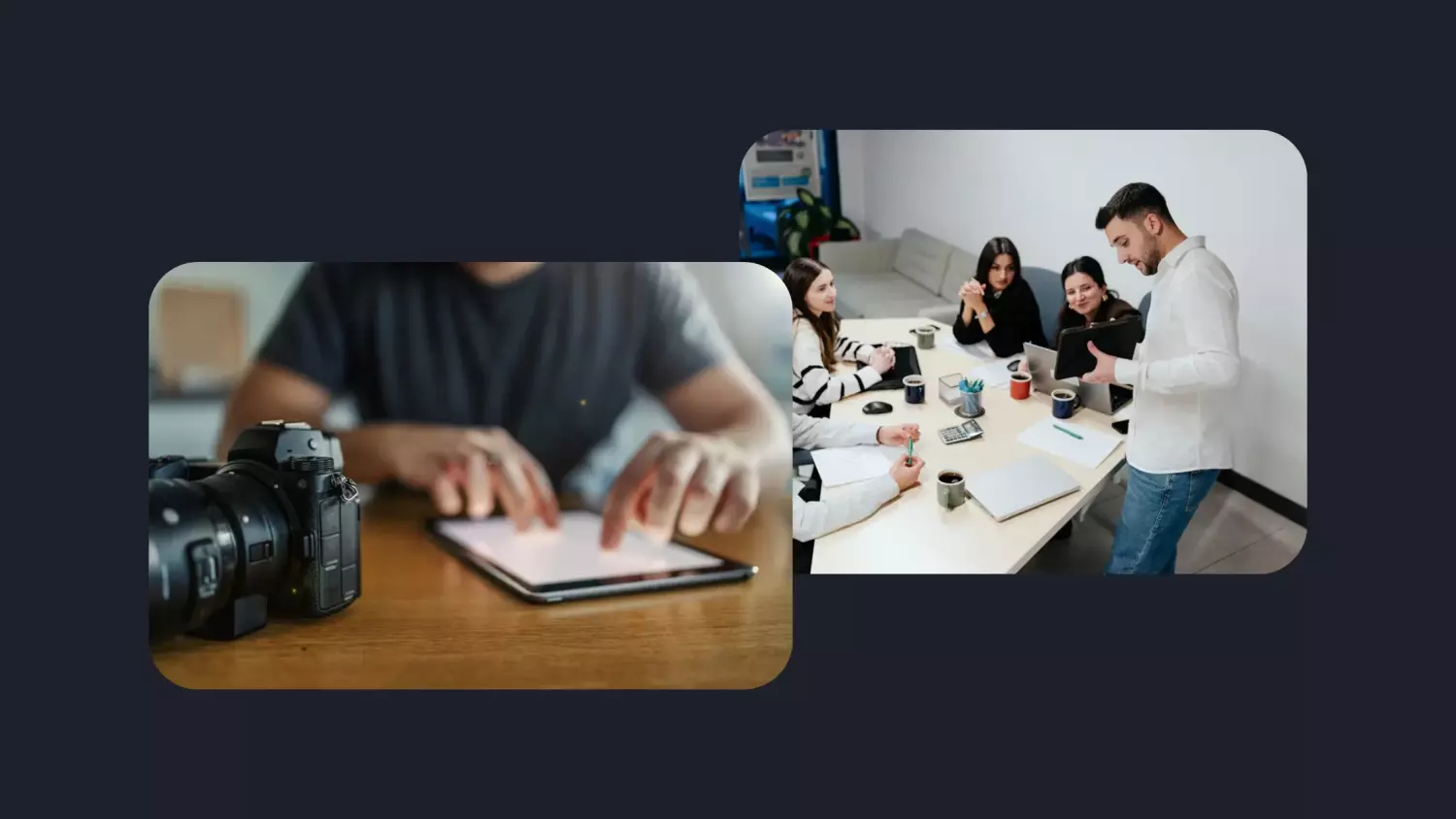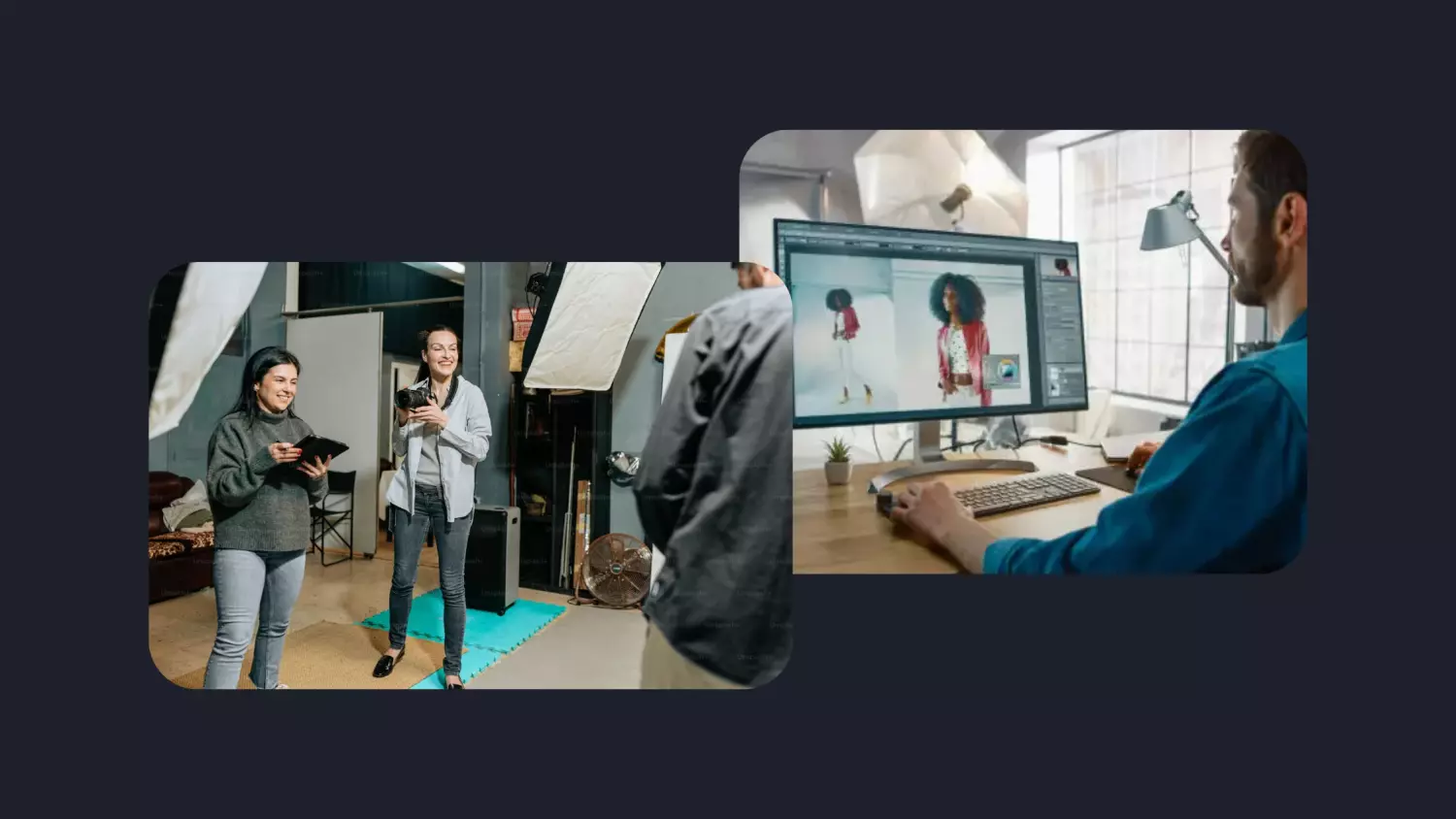Let’s talk about inclusivity. It’s a hot topic in the fashion industry (and rightly so), but it’s not just about buzzwords or good intentions. How do brands make it work—on tight budgets, with diverse teams, and while staying authentic? At the London Fashion eCommerce Summit 2024, some of the industry’s leading voices came together to share their experiences, lessons, and a few hard truths.
Moderated by the dynamic Lina Kassab, Founder and Creative Director of KASA LIN, the discussion brought together a powerhouse panel:
- Arina Pritch, Founder & CEO of Pritch London
- Gaia De Siena, Senior Brand Marketing Manager at Everpress
- Lina Tejoprayitno, Co-Founder of Pop Specs
- Victoria Jenkins, Founder & CEO of Unhidden
The panellists shared practical insights into how fashion brands can resonate with a global audience while fostering true inclusivity. From building inclusive teams to navigating budget constraints and even debating the future role of AI, the panellists left no stone unturned. Here’s a recap of the standout insights that will resonate with anyone looking to create me aningful representation in fashion.

Inclusivity starts within your team
The conversation started with a critical reminder: inclusivity begins at home—or, in this case, within your company.
Victoria Jenkins, championing adaptive fashion through Unhidden, stressed the importance of having diverse voices at every level of decision-making. For her, hiring freelancers and collaborators with disabilities has been key to authentically representing her brand’s ethos.
Similarly, Lina Tejoprayitno of Pop Specs emphasised the value of a multicultural team. She mentioned that their team diversity enables them to better connect with the customers—many of whom don’t speak English as a first language. So, having team members who share their language and cultural context transforms the customer experience.
You can't design for a community without bringing that community into the room.
Victoria Jenkins - Founder & CEO, Unhidden
Balancing cost and representation
The panel didn’t shy away from discussing the challenges of representing diversity on a tight budget. Lina shared how Pop Specs creatively used in-house talent for photoshoots, turning team members into models and photographers. On the other hand, Victoria noted that while startups might need to cut costs, the question should always be, “Can you afford not to be diverse?”
Gaia offered a practical tip: “If you can’t showcase all aspects of diversity in one campaign, rotate models and assets across campaigns to build a representative bank of content over time.”
The role of AI in inclusive fashion
Could AI be the answer to creating cost-effective, diverse campaigns? The panel had mixed feelings.
While some saw the potential for AI to streamline tasks or generate product-focused content, others were cautious. Victoria warned that AI often mirrors existing biases, producing content that’s far from inclusive. Gaia De Siena from Everpress struck a balanced note, suggesting AI could be used for product-based content while leaving model campaigns to real people.
In short, AI might be a tool—but it’s not a shortcut.
If we keep creating diverse campaigns now, AI will eventually learn to replicate that diversity in a meaningful way.
Gaia De Siena - Senior Brand Marketing Manager, Everpress
Tackling digital ableism
Victoria introduced the concept of digital ableism—how online platforms often exclude disabled communities, either through algorithmic biases or inadequate accessibility features.
She explained that platforms like Meta limit the ability to target disabled audiences under the guise of protection, making it harder for brands to reach their communities. Additionally, language tools like screen readers often fail when hashtags aren’t properly formatted using camel case (e.g., #FashionForAll instead of #fashionforall).
Her call to action? Advocate for change and continue to educate brands on how to create accessible digital content.
Inclusivity pays off
Beyond the ethical considerations, inclusivity is simply good business. Diverse teams often bring innovative ideas, and campaigns that resonate with wider audiences can lead to better customer engagement and loyalty.
That said, inclusivity doesn’t have to mean doing everything at once. For some brands, the focus might be on making products more accessible; for others, it could be about better representation in campaigns. What’s important is to start somewhere and build from there.
73% of people know someone with a disability. That's a huge market. Being inclusive isn't just ethical—it's profitable.
Victoria Jenkins - Founder & CEO, Unhidden
What’s next for inclusivity in fashion?
The future of inclusivity in fashion will require continuous effort. It’s about pushing boundaries, challenging assumptions, and staying open to learning. Whether through creative hiring practices, thoughtful marketing strategies, or embracing new technologies, brands must remain proactive in their pursuit of representation.
At its core, inclusivity is about creating a space where everyone feels seen, valued, and heard. It’s not just about campaigns or buzzwords—it’s about reshaping the fashion industry to reflect the world around us.
Looking ahead…
The panel left us with more questions than answers—but in a good way.
- How do we ensure digital platforms stop excluding diverse audiences?
- How can startups balance authenticity with limited resources?
- And most importantly, how can we, as an industry, keep pushing the boundaries of what’s possible?
At the end of the day, inclusivity is about more than marketing. It’s about creating a fashion industry where everyone—regardless of ability or background—feels seen and valued.
We at Lets Flo were inspired and hope you are, too.


